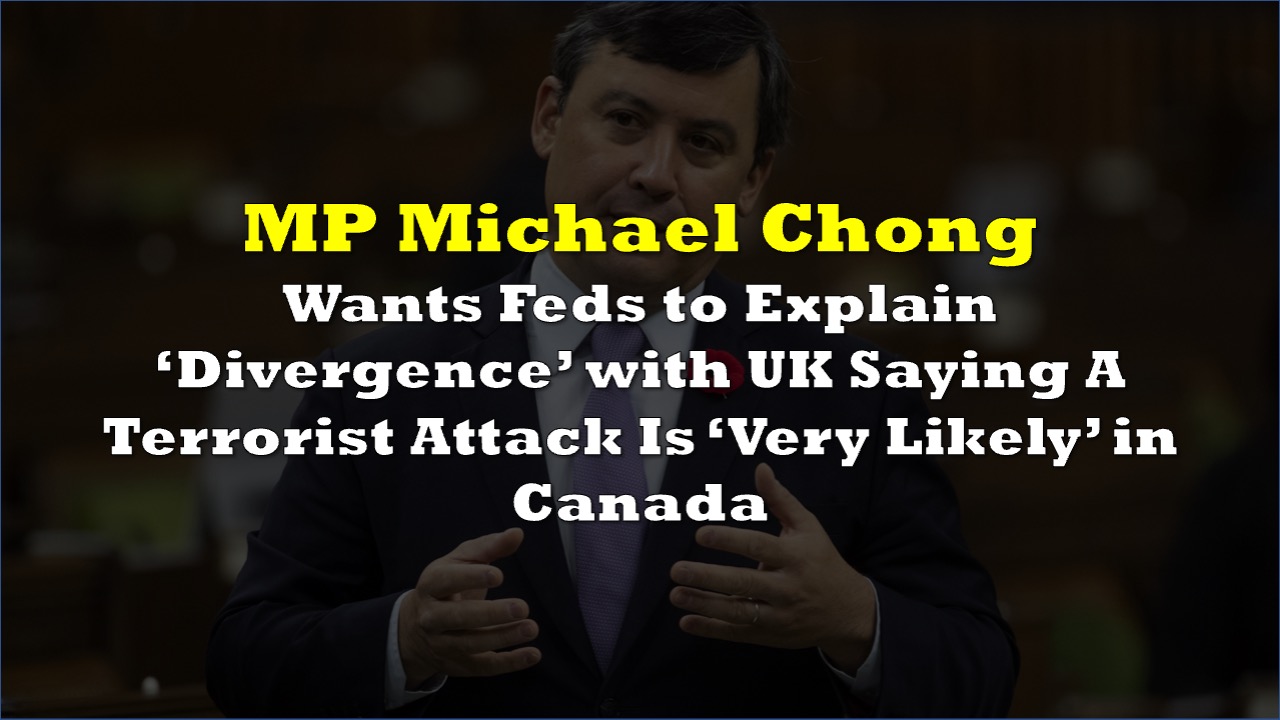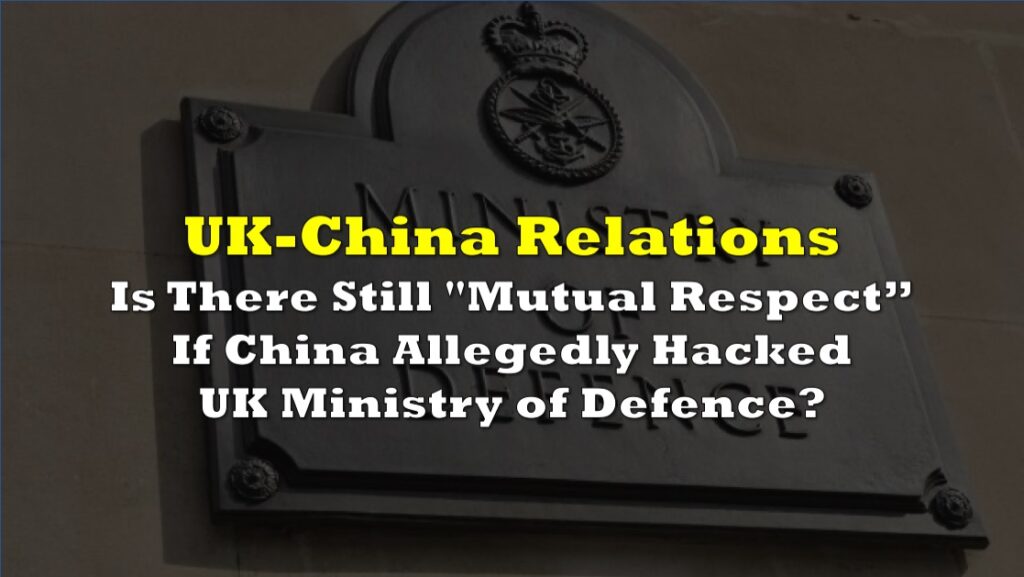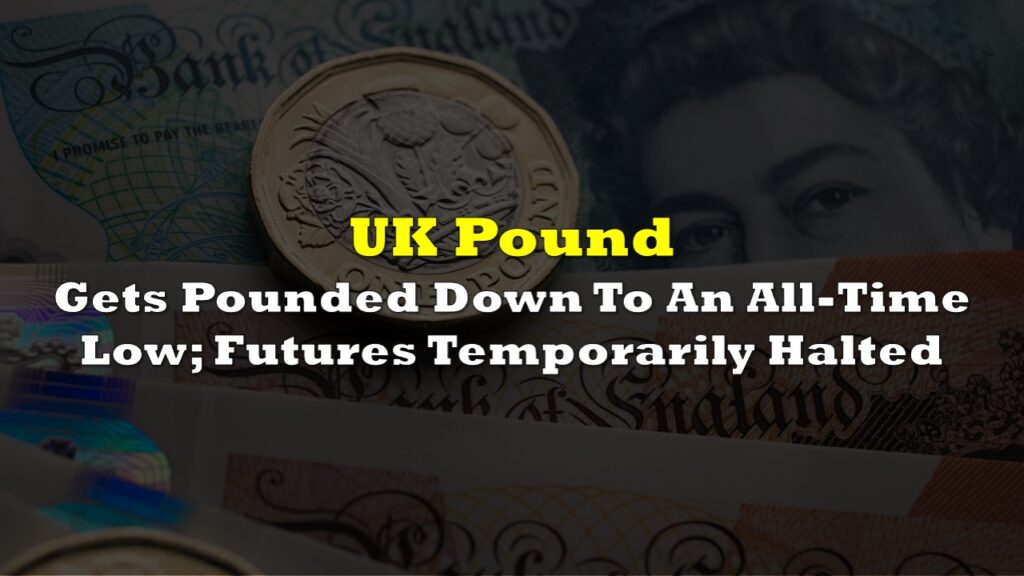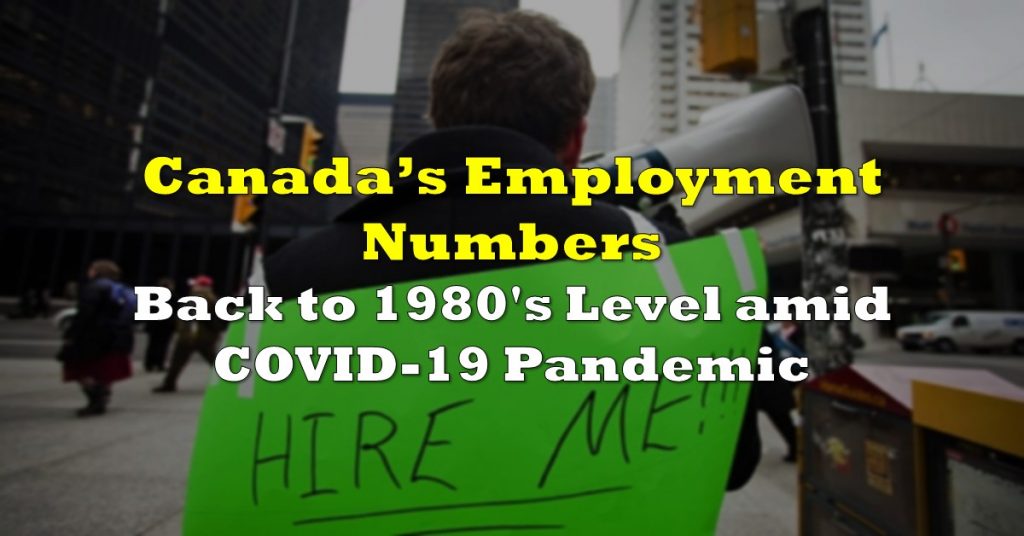Michael Chong, a member of Canada’s main opposition Conservative party, is questioning the gap between how the federal government and the United Kingdom have assessed the likelihood of a terrorism attack in Canada.
The MP pointed out on X over the weekend that while Canada marks its national terrorism threat level as Medium, or “a violent act of terrorism could occur”, but not “likely” or “highly likely,” the UK’s assessment says “the risk of terrorist attacks happening in Canada is very likely.”
The UK assesses “the risk of terrorist attacks happening in Canada is very likely”.
— Michael Chong 🇨🇦 (@MichaelChongMP) November 5, 2023
Canada assesses “a violent act of terrorism could occur”, but not “likely” or “highly likely”.
The Gov’t of Canada needs to explain this divergence between two Five Eyes allies ASAP.#cdnpoli pic.twitter.com/se67pvr3xD
In determining threat levels for British nationals abroad, UK’s Foreign, Commonwealth & Development Office (FCDO) uses ”all of the resources and information available, including information gathered by the intelligence services.”
On the Safety & Security page of the travel advisory to Canada, which was last updated on November 3, 2023, it notes recent attacks that back its threat level assignment. These attacks include the following:
- in 2023, one person was stabbed and injured in Surrey, British Columbia
- in 2021, 4 people were killed and one injured by a vehicle in London, Ontario
- in 2020, one person was killed with a hammer in Scarborough, Ontario
- in 2020, one person was killed and 2 wounded in a machete attack in Toronto, Ontario
The threat level is thus assessed only for British nationals in a specific country, in this case, Canada. Whereas, Canada’s National Terrorsim Threat Level is a tool that assesses the general terrorist threat to Canada based on five levels: Very Low, Low, Medium, High, and Critical.
It’s not an apple-to-apples comparison, contrary to what Chong’s post suggests. Travel advisories cover the interests of nationals traveling other countries, and not the state of the destination country in general.
Canada’s threat levels are determined by the Integrated Terrorism Assessment Centre (ITAC). The site explains that ITAC is an independent, expert federal body responsible for assessing terrorism threats to Canada and Canadian interests globally.
ITAC conducts threat level assessments “at a minimum of every four months, or more frequently if needed.” In making these assessments, they consider “several factors, including past trends and current intelligence on the known intentions, capabilities and opportunities for terrorism entities to conduct attacks.”
Canada currently rates its National Terrorism Threat Level at Medium, the same level it has been since 2014.
In its travel advisory for the UK, Canada warns Canadians traveling to the UK to “exercise a high degree of caution.” This is level two of four levels: exercise normal security precautions, exercise a high degree of caution, avoid non-essential travel, and avoid all travel.
The UK’s national threat levels, on the other hand, are determined by the Joint Terrorism Analysis Centre and the Security Service (MI5). There are 5 levels of threat:
- low – an attack is highly unlikely
- moderate – an attack is possible but not likely
- substantial – an attack is likely
- severe – an attack is highly likely
- critical – an attack is highly likely in the near future
The UK currently puts its national terrorism threat level for England, Wales, Scotland and Northern Ireland) at substantial, and severe for the threat to Northern Ireland from Northern Ireland-related terrorism.
Typically, a country does not have a say on how its threat level is determined in a travel advisory from another country, as advisories, to reiterate, cover only the interests of their nationals in that country, but these advisories can be used to make a point. Canada recently updated its travel advisory to India and vice versa amid diplomatic tensions following accusations around the killing of Khalistan extremist Hardeep Singh Nijjar.
Speaking of threats and strained international relations, Chong may still be feeling salty toward the feds. He claimed in May that the country’s intelligence agency failed to notify him of threats made by China against him and his family. He had to learn of the threats along with everybody else from the Globe and Mail.
Information for this story was found via the sources and companies mentioned. The author has no securities or affiliations related to the organizations discussed. Not a recommendation to buy or sell. Always do additional research and consult a professional before purchasing a security. The author holds no licenses.









